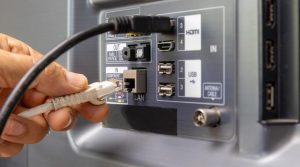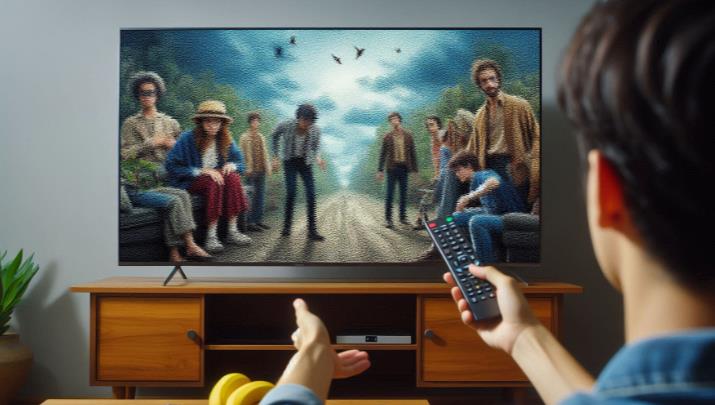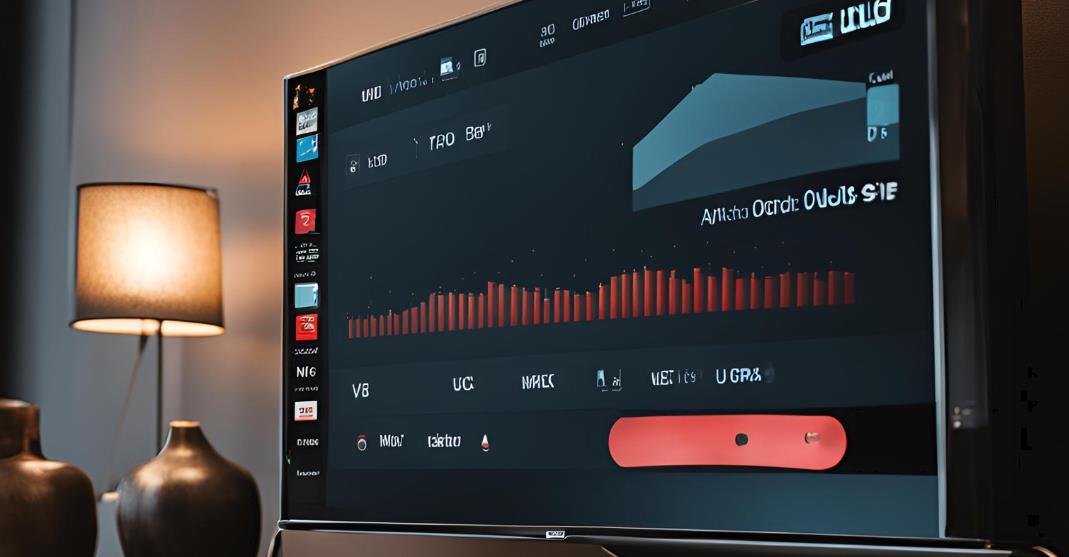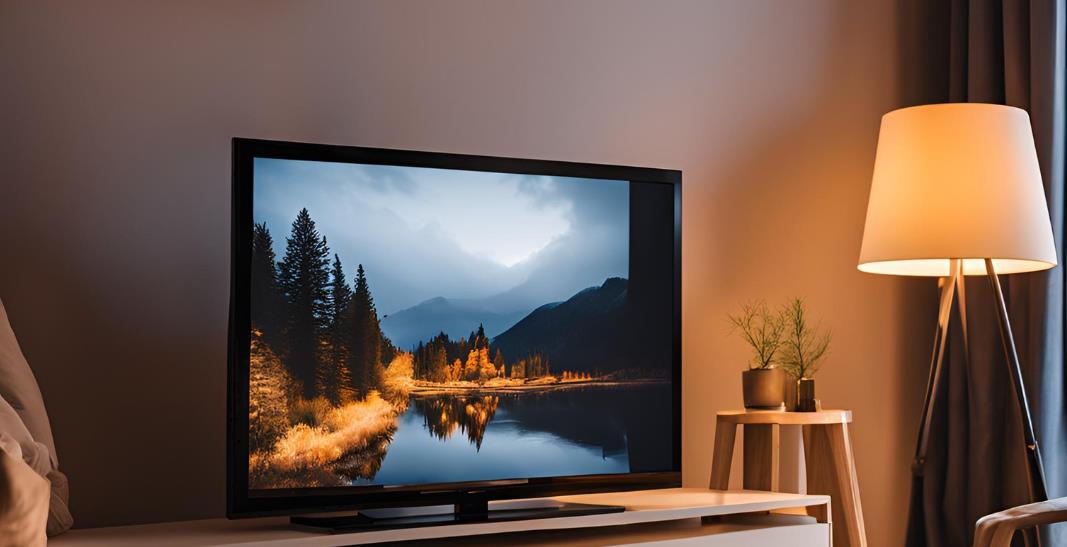A blurry screen on your Samsung TV can diminish your viewing experience, but luckily, there are various methods to fix this issue. From adjusting picture settings to advanced tips like tweaking display options and checking hardware connections, this blog will cover everything you need to know. Let’s dive into how to fix Samsung tv blurry screen and enjoy crisp, high-quality images on your TV.
Common Causes of a Blurry Samsung TV Screen
Incorrect Picture Settings
The most common cause of a blurry screen is improper picture settings. This includes adjustments for sharpness, brightness, and contrast levels that may be too high or too low. For example, setting the sharpness too high can introduce noise, making the picture appear less clear.
Poor Signal or Connection Issues

Blurry images can also result from poor connections between your TV and external devices, like cable boxes or streaming devices, as well as weak broadcast signals. If the signal is weak, it can cause the TV to struggle to display a clear image, especially for live broadcasts.
Low-Resolution Content
Watching lower-quality content on an HD or 4K TV can lead to blurriness as the TV struggles to upscale the image. For instance, streaming a standard-definition movie on a 4K TV will often result in a pixelated or blurry picture.
Cable or Port Problems
Damaged or outdated HDMI cables or faulty ports can lead to a distorted or unclear display. Regular wear and tear can degrade cables, causing signal loss that manifests as a blurry image.
How To Fix Samsung Tv Blurry Screen?
1. Adjust Picture Settings
Incorrect picture settings can easily be the culprit behind a blurry screen. Samsung TVs come with various preset picture modes, and fine-tuning the sharpness and resolution can make a big difference.
Steps:
- Press the Home button on your remote.
- Navigate to Settings > Picture and choose a suitable Picture Mode (Standard or Dynamic).
- Adjust the Sharpness settings manually, lowering or increasing them to enhance clarity. A lower sharpness setting can sometimes result in a smoother image.
Additional Tips:
Consider turning off motion smoothing features, which can introduce artifacts and make the picture appear less natural.
2. Check the Resolution
Ensure that your TV is set to display the correct resolution for the content you’re watching. Misalignment between content resolution and the TV’s display can cause blurriness.
Steps:
- Open Settings > Picture > Picture Size Settings.
- Set Picture Size to 16:9 Standard or Screen Fit for optimal clarity.
- Ensure the source device (like a gaming console) is set to output HD or 4K resolution.
Additional Tips:
If you’re using streaming services, check their settings as well; many platforms allow you to select your preferred video quality.
3. Verify Cables and Connections

Loose or damaged cables can impact the quality of the display. Make sure the HDMI cables are properly connected and in good condition.
Steps:
- Unplug and firmly reconnect the HDMI cable.
- Switch to a new HDMI cable if the problem persists.
- Test multiple HDMI ports to rule out any faulty connections.
Additional Tips:
Consider using HDMI cables that are rated for high-speed or 4K if you’re streaming high-definition content.
4. Update TV Firmware
Outdated firmware can lead to performance glitches, including blurry screens. Regular updates help ensure your TV is running smoothly.
Steps:
- Go to Settings > Support > Software Update and select Update Now.
- Follow the on-screen instructions to install the latest firmware.
Additional Tips:
Enable automatic updates if your TV has that option, so you don’t miss future improvements and bug fixes.
Advanced Tips and Tricks for Fixing Blurry Samsung TV Screens
Calibrate the TV’s Display

For advanced users, calibration tools and apps can help fine-tune the display to avoid blurriness. Many Samsung TVs offer advanced picture settings where you can control finer aspects like color balance, backlight, and gamma levels.
Steps:
- Navigate to Settings > Picture > Expert Settings.
- Adjust Backlight, Contrast, and Gamma to find the optimal settings.
- Use professional calibration tools or services for more precise results.
Additional Tips:
Consider using online calibration patterns available through streaming services or YouTube to assist in the calibration process.
Perform a Hard Reset
A hard reset can clear out any temporary glitches in your TV’s memory or software that could be causing the blurry screen.
Steps:
- Unplug your TV from the power source.
- Hold down the Power button on the TV (not the remote) for about 30 seconds.
- Plug the TV back in and turn it on to see if the issue is resolved.
Additional Tips:
If a hard reset doesn’t work, a factory reset might be necessary, but be aware that this will erase all your settings.
Preventing Future Blurry Screen Issues
Use High-Quality Cables
Invest in high-speed, high-quality HDMI cables, especially if you watch 4K content. Poor-quality cables may not handle higher resolutions effectively, leading to potential display issues.
Keep Software Updated
Regularly check for firmware updates to ensure your TV is running the latest version. Updates often fix display-related bugs and enhance performance.
Watch High-Resolution Content
Always try to stream or watch high-resolution content, as this minimizes the chances of encountering a blurry screen, particularly on HD or 4K TVs.
Also Read: Set Up Antenna on Samsung TV
FAQs on How To Fix Samsung Tv Blurry Screen
Why is my Samsung TV screen blurry?
A blurry screen could be due to incorrect picture settings, outdated firmware, low-resolution content, or faulty cables and ports.
How can I improve the clarity of my Samsung TV?
You can improve clarity by adjusting picture settings, checking the resolution, using high-quality HDMI cables, and keeping your TV firmware updated.
Will a factory reset fix a blurry Samsung TV screen?
Yes, resetting your Samsung TV to factory settings can resolve many issues, including a blurry screen caused by software glitches or incorrect settings.
Why does low-resolution content look blurry on my Samsung 4K TV?
Low-resolution content is stretched or upscaled to fit the larger 4K screen, which can cause the picture to appear blurry or pixelated.
Can a faulty HDMI cable cause a blurry screen?
Yes, a damaged or low-quality HDMI cable can disrupt the signal and lead to a blurry display.



